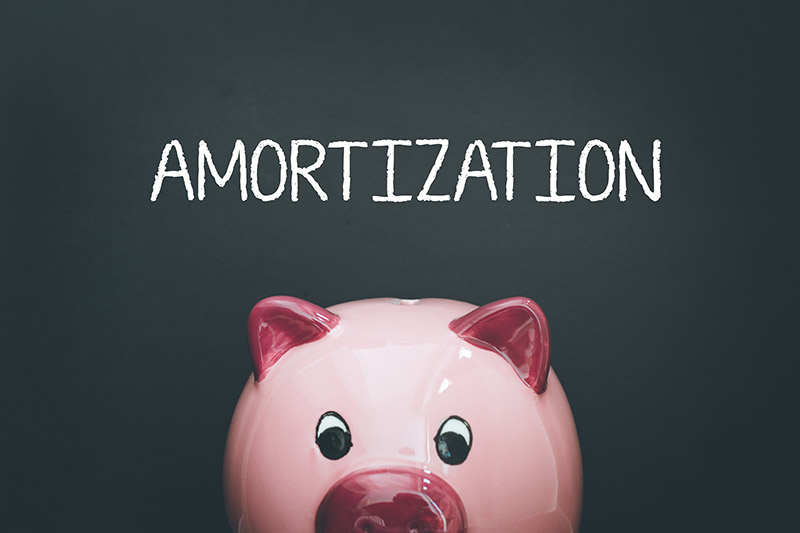Choosing the right mortgage term is a critical decision in the home-buying process. The two…
Understanding Your Amortization Schedule

Congratulations, you bought a house! Before you’re able to unpack the last box, your mortgage company has probably been in touch about making that first monthly payment. Welcome to homeownership! If you are itching to get that loan paid off quickly, it helps to look at the amortization schedule that was provided by your lender.
What is an amortization schedule?
An amortization schedule, also called an amortization table, is a long list of payments that show how much of each payment goes towards principal and how much goes towards interest. The first few years of mortgage payments are heavier on the interest, meaning that a larger percentage of each monthly payment goes towards interest charges than the actual principal balance of your loan. As you progress down the table, that starts to change with more and more of each payment going towards principal. The mortgage company wants to make sure that they collect interest first, just in case you have trouble paying later, so they collect that interest based on the assumption that you will take the full time of the loan (usually 15 or 30 years) to pay them back.
How can I skip ahead on the table?
If you want to pay your mortgage off early, you have to do more than just tell the bank your plans. You have to actually make extra payments. Make sure that any extra payments are designated to go toward principal only. Every time you do this, you will reduce the amount of your remaining loan balance. This prompts the bank to recalculate how much interest you will pay based on your new (lower) loan balance, which creates a new amortization schedule. You can do those calculations yourself using online tools to see just how big an impact making extra principal payments can have.




